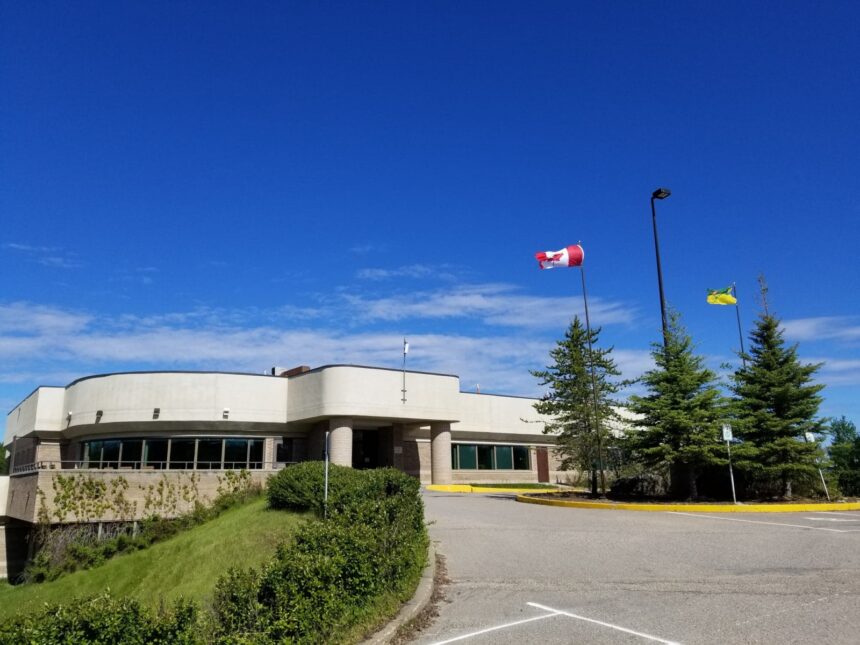The last of the yellow barricades came down at La Ronge Health Centre yesterday as staff welcomed the first patients back to the emergency department. After nearly nine months of redirected care, renovations, and community anxiety, the return of 24/7 emergency services marks what many locals call “a return to normal” in this northern Saskatchewan community.
“I didn’t sleep much last night,” admits Sarah Ratt, a nurse who has worked at the facility for eleven years. “It feels like the first day of school, but also like coming home.”
The emergency department closed last September after water damage from a burst pipe affected critical areas of the health centre. What was initially described as a “temporary” closure stretched through winter and spring, forcing residents to travel over 250 kilometers to Prince Albert for emergency care.
For Eli Ballantyne, an elder from the nearby Lac La Ronge Indian Band, the reopening comes with mixed emotions. “We’re grateful it’s back, but people suffered during these months. In January, my grandson had a severe asthma attack, and that hour-long drive to La Ronge is already difficult. Having to go all the way to Prince Albert nearly cost him his life.”
The Saskatchewan Health Authority confirmed that the renovations, which were originally budgeted at $3.2 million, ultimately cost closer to $4.5 million after crews discovered additional structural issues requiring remediation. Beyond repairing the water damage, the health centre received upgrades to its ventilation system, electrical infrastructure, and patient monitoring technology.
During my visit to the facility two days before reopening, workers were finishing installation of new digital monitoring systems and staff were conducting simulation drills. The familiar antiseptic smell of hospitals mixed with the scent of fresh paint and new flooring.
“This isn’t just a repair—it’s an improvement,” explains Dr. Hannah Choi, one of three physicians who remained in La Ronge during the closure. “We have better equipment now, but the challenge will be rebuilding trust with the community.”
That trust was severely tested over the winter months. According to data from the Athabasca Health Authority, emergency transport calls increased by 78% during the closure period. Community advocates reported at least two cases where patients experienced severe complications due to delayed care.
Mayor Colin Ratushniak acknowledges the strain the closure placed on the community of approximately 5,700 people. “This facility serves not just La Ronge, but Air Ronge, the Lac La Ronge Indian Band, and smaller communities throughout the north. When we lose a service like this, it affects thousands who already face barriers to healthcare access.”
The impact extended beyond emergency situations. Regular clinics continued at the health centre during renovations, but with limited capacity. Many patients reported postponing routine care rather than navigating the complex interim system.
“For nine months, I put off getting my diabetes checked properly,” says Marie Sanderson, a resident I spoke with outside the Northern Store, where a handwritten sign announcing the reopening was taped to the community bulletin board. “It’s not just emergencies—it’s the everyday health things that suffered.”
Community health workers from the Lac La Ronge Indian Band stepped in to fill gaps during the closure, establishing transportation supports and remote care options. Jordan Charles, a community health representative, spent months coordinating rides to Prince Albert for elders and those without vehicles.
“We became healthcare navigators overnight,” Charles explains, standing in the newly refinished waiting area. “Now we need to make sure people know they can come back, that services are actually restored to what they were before.”
The Saskatchewan Health Authority has committed to additional staffing to handle what they expect will be higher-than-normal volumes in the coming weeks. Dr. Khami Chokani, Medical Health Officer for the Northern Saskatchewan Population Health Unit, told me they’ve temporarily added an additional physician and three nurses to manage the transition.
Walking through the renovated emergency department, the improvements are evident—new trauma rooms with updated equipment, a modernized triage area, and improved security features. What isn’t visible is the toll the extended closure took on healthcare workers themselves.
“We lost staff during this period,” admits Nursing Manager Ellen Whitecap. “Some couldn’t manage the commute to Prince Albert, others transferred permanently. We’re still about 15% understaffed.”
The staffing challenges reflect a broader reality in northern healthcare. According to the Canadian Institute for Health Information, rural and remote health facilities in Saskatchewan experience turnover rates nearly double those of urban centres. The La Ronge closure exacerbated existing recruitment challenges.
For Dr. Choi, who stayed through the closure, the reopening represents more than just restored services. “This community fought for its hospital. People wrote letters, made calls, held meetings. There’s a renewed understanding of just how essential this facility is.”
That sentiment was echoed at yesterday’s small reopening ceremony, where Lac La Ronge Indian Band Chief Tammy Cook-Searson spoke about healthcare as a treaty right and community necessity. “Access to emergency care isn’t a luxury—it’s a lifeline in the north. Today we celebrate, but tomorrow we continue advocating for expanded services.”
As patients began arriving yesterday afternoon—mostly for non-urgent matters that had been postponed—there was a palpable sense of relief mixed with lingering concern about the facility’s long-term stability.
The Saskatchewan Health Authority has promised a full review of the closure and response, though no timeline has been established for its release. In the meantime, community leaders are already discussing the need for redundancy planning to prevent similar situations in the future.
For nurse Sarah Ratt, however, yesterday was simply about returning to the work that has defined her career. “This morning I helped an elder with chest pain and a child with a minor fracture—regular Tuesday things that would have been crises during the closure. That’s what success looks like to me: being here when people need us.”






